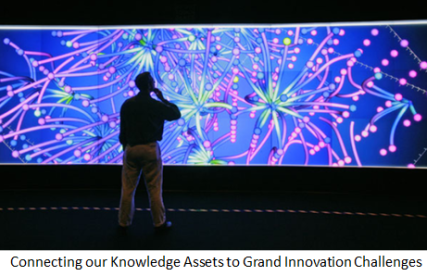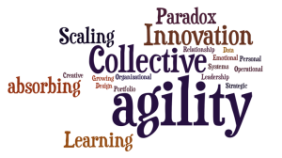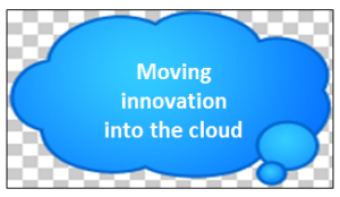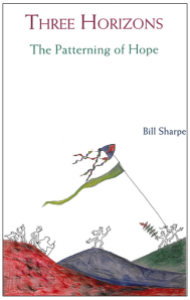 I was delighted to be invited onto a panel with GE at their R&D centre in Munich this week forming for me a connected enterprise and a world perspective that one rarely gets without being present and engaged with companies like GE.
I was delighted to be invited onto a panel with GE at their R&D centre in Munich this week forming for me a connected enterprise and a world perspective that one rarely gets without being present and engaged with companies like GE.
Dubbed “Innovation Breakthroughs – Igniting Europe’s Growth” They were celebrating 10 years of the opening of the centre and as you arrived, you saw the cranes at work to double the facility as well as further deepen their commitments within the surrounding community even further.
Continue reading “Connected Enterprise, Connected World with GE”








